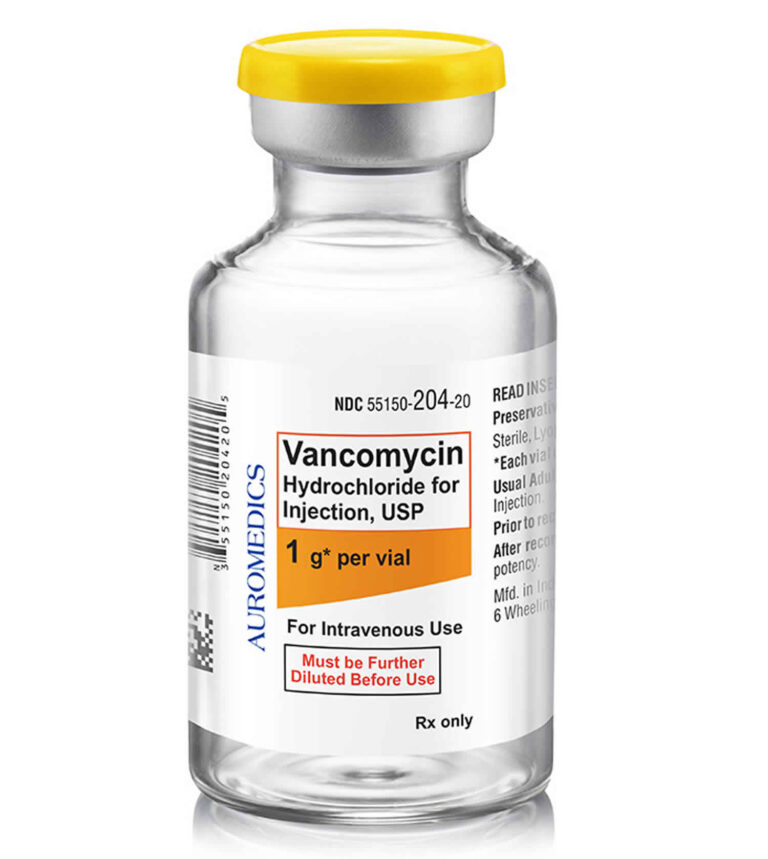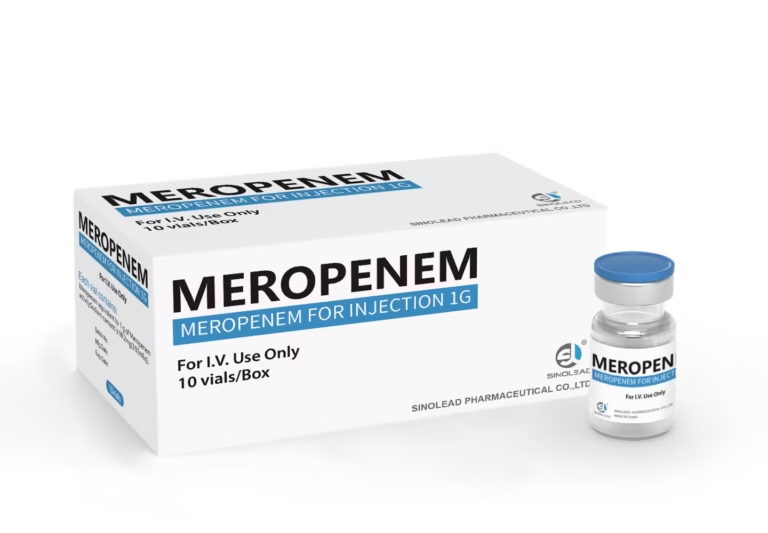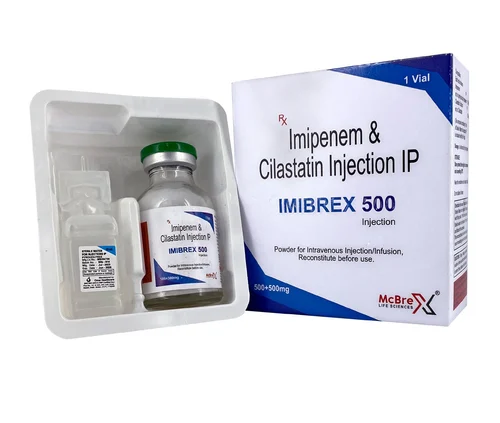
An antidote is a substance that counteracts the effects of a drug or toxin. It binds toto the drug or toxin, neutralizes it, or promotes its elimination from the body. Antidotes are very important in cases of poisoning or overdose, as they help to prevent or mitigate harmful effects of substance.
Common Drug Antidotes
Below is the table of common drugs with their adult dose and mechanism of action.
| Drug/Toxin | Antidote | Dose (Common Adult Dose) | Mechanism of Action |
| Acetaminophen (Paracetamol) | N-acetylcysteine (NAC) | IV: 150 mg/kg over 15 min, followed by 50 mg/kg over 4 hours | NAC replenishes glutathione, detoxifies NAPQI, and promotes non-toxic conjugation |
| Aspirin (Salicylates) | Sodium Bicarbonate | IV: 1-2 mEq/kg as a bolus followed by continuous infusion | Alkalinizes urine, enhancing renal elimination of salicylates |
| Benzodiazepines | Flumazenil | IV: 0.2 mg initially, may repeat after 30 min | Competitive antagonist at GABA receptors, reversing CNS depression |
| Opioids (e.g., Morphine) | Naloxone | IV: 0.4-2 mg every 2-3 min, max dose 10 mg | Competitive antagonist at opioid receptors, reversing respiratory depression |
| Digoxin | Digoxin-specific antibody | IV: 0.5 mg, followed by 0.25 mg as needed | Binds to digoxin, preventing its interaction with Na+/K+ ATPase |
| Iron | Deferoxamine | IV: 15 mg/kg/hour over 8-24 hours | Chelates free iron, facilitating excretion in urine |
| Warfarin | Vitamin K (Phytonadione) | IV: 5-10 mg (depending on INR), repeat if necessary | Restores clotting factor synthesis by increasing hepatic production of Vitamin K-dependent factors |
| Methanol/Ethylene Glycol | Fomepizole | IV: 15 mg/kg load, then 10 mg/kg every 12 hours | Inhibits alcohol dehydrogenase, preventing conversion to toxic metabolites |
| Cyanide | Hydroxocobalamin | IV: 5 g over 15 minutes, repeat if necessary | Binds cyanide to form cyanocobalamin, which is excreted in the urine |
| Paracetamol (Acetaminophen) overdose | N-acetylcysteine (NAC) | 150 mg/kg IV over 15 minutes, followed by 50 mg/kg over 4 hours | Restores glutathione levels, detoxifying reactive metabolites (NAPQI) |
| Anticholinesterases (Organophosphates) | Atropine & Pralidoxime | Atropine: IV 2-5 mg every 15-30 min; Pralidoxime: IV 1-2 g/hr | The Atropine blocks muscarinic receptors, and pralidoxime reactivates acetylcholinesterase |
| Carbon Monoxide | 100% Oxygen | Administer oxygen via mask at 100% for 4-6 hours | Increases the elimination of carbon monoxide and restores oxygen delivery to tissues. |
| Heparin | Protamine sulfate | IV: 1 mg protamine per 100 units of heparin (max 50 mg) | Binds to heparin, forming an inactive complex |
| Theophylline | Activated Charcoal, Beta-blockers | Activated Charcoal: 50-100 g PO for ingestion <1 hour | Charcoal adsorbs theophylline, and beta-blockers manage symptoms of toxicity |
| Calcium Channel Blockers | Calcium Gluconate, Glucagon | Ca Gluconate: 1-2 g IV bolus over 10-20 minutes | Ca gluconate increases calcium levels, counteracting vasodilation; glucagon stimulates cAMP production. |
| Tricyclic Antidepressants (TCAs) | Sodium Bicarbonate | IV: 1-2 mEq/kg to treat QRS prolongation and arrhythmias | Sodium bicarbonate raises pH, shifting the drug out of sodium channels |
| Methotrexate | Leucovorin (Folinic Acid) | IV: 10 mg every 6 hours for 3-4 doses | Provides a source of reduced folate to bypass inhibition of dihydrofolate reductase |
| Lead | Dimercaprol (BAL), EDTA | Dimercaprol: 3-5 mg/kg IM every 4 hours; EDTA: IV 1-2 g/day | Chelates lead, facilitating renal excretion |
| Thallium | Prussian Blue | 500 mg every 2-4 hours for 3-5 days | Binds thallium and prevents its reabsorption in the gastrointestinal tract |
| Botulinum Toxin | Botulinum Antitoxin | 10,000-100,000 units IV (based on exposure severity) | Binds circulating botulinum toxin, preventing its binding to neuromuscular junctions |
| Isoniazid | Pyridoxine (Vitamin B6) | IV: 5 g of pyridoxine for overdose | Replaces pyridoxine, which is antagonized by isoniazid, to prevent seizures |
| Chloroquine | Diazepam, Activated Charcoal | Diazepam: IV 5-10 mg for seizures; Charcoal: 50-100 g PO | Charcoal absorbs chloroquine, and diazepam controls seizures |
| Warfarin (Overdose) | Vitamin K, Fresh Frozen Plasma | Vitamin K: 5-10 mg IV (depending on INR), Fresh Frozen Plasma: 15-20 mL/kg | Vitamin K promotes clotting factor synthesis; FFP provides clotting factors |
| Cisplatin | Amifostine | IV: 740 mg/m² every 3 weeks before cisplatin | Reduces nephrotoxicity by scavenging free radicals |
| Dapsone | Methylene Blue | IV: 1-2 mg/kg over 5 minutes | Methylene blue reduces methemoglobinemia by reducing Fe3+ back to Fe2+ |
| Toxic Alcohols (Ethanol, Methanol, Ethylene Glycol) | Ethanol/Fomepizole | Ethanol: IV 10% solution at 10-20 mL/hr; Fomepizole: IV 15 mg/kg loading dose | Ethanol and fomepizole inhibit alcohol dehydrogenase, preventing conversion to toxic metabolites |
| Viper Snake Bites | CroFab (Crotaline Fab Antivenom) | 4-6 vials IV initially, adjusted based on symptoms | Neutralizes venom by binding to snake venom proteins |
| Rattlesnake Bites | CroFab (Crotaline Fab Antivenom) | 4-6 vials IV initially, adjusted based on symptoms | Neutralizes venom, preventing further tissue damage and systemic effects |
| Iron | Deferoxamine | IV: 15 mg/kg/hr over 8-24 hours | Binds free iron, allowing for its excretion via urine |
| Snake Bites (General) | Antivenom | Varies by species, 2-10 vials IV | Binds to venom components, neutralizing their toxic effects |
| Paraldehyde | Activated Charcoal | 50-100 g PO or via NG tube, if ingestion occurred <1 hour | Charcoal adsorbs paraldehyde and prevents further absorption |
| Penicillin Allergy | Epinephrine (Anaphylaxis) | 0.3-0.5 mg IM for anaphylaxis | Epinephrine reverses the allergic reaction by vasoconstriction and bronchodilation. |
| Tramadol | Naloxone | IV: 0.4-2 mg every 2-3 minutes until response achieved | Competitive antagonist at opioid receptors |
This table includes antidotes for common drugs, their typical doses, and their mechanisms of action. However, always consult a healthcare provider or poison control for guidance in specific poisoning cases.
Sources and References
- Chacko, B., & Peter, J. V. (2019). Antidotes in poisoning. Indian Journal of critical care medicine: peer-reviewed, official publication of Indian Society of Critical Care Medicine, 23(Suppl 4), S241.
- Buckley, N. A., Dawson, A. H., Juurlink, D. N., & Isbister, G. K. (2016). Who gets antidotes? Choosing the chosen few. British Journal of Clinical Pharmacology, 81(3), 402–407.
- Braitberg, G. (2019). Drugs and Antidotes in Acute Intoxication. Critical Care Nephrology, 574–588.e3.




